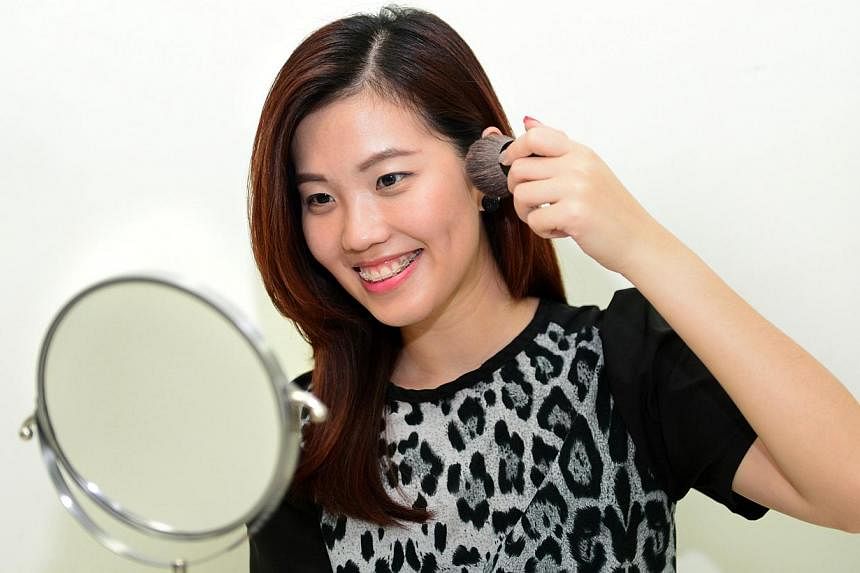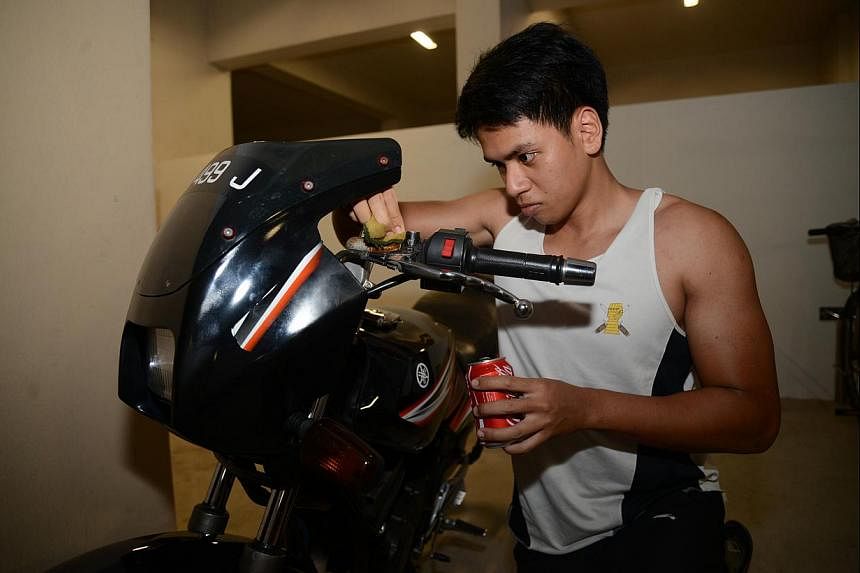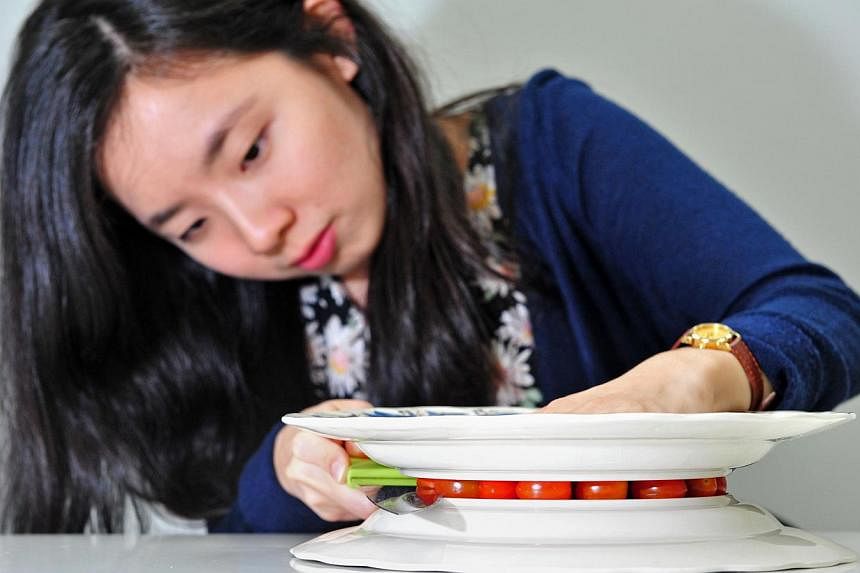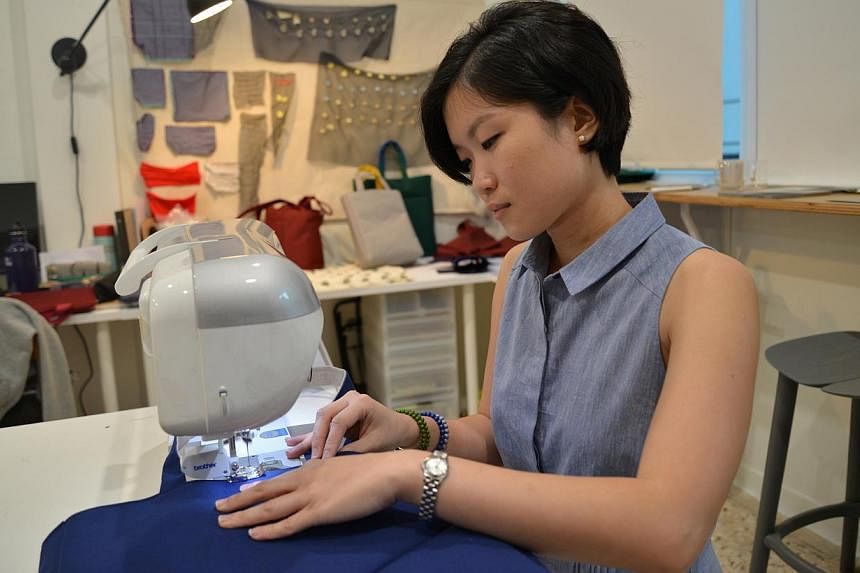Do not know how to do something? Chances are, you would turn to YouTube these days.
People worldwide have turned to the online video-sharing platform in droves to master tips that make their lives easier.
Even professionals - from chefs to leather crafters, music instructors to photographers - have picked up a trick or two.
Mr Yeo Chern Yu, 22, the chef and co-owner of Stateland Cafe in Bali Lane, learnt how to make the cafe's signature dish, its classic honey toast, from YouTube last September.
The dish, comprising bread baked with honey and salted butter that is served with berries and a scoop of honey yogurt gelato, costs $11.90 at his cafe.
Mr Yeo, who holds a diploma in culinary and catering management from Temasek Polytechnic, watched YouTube videos on cooking while serving national service.
"Whenever I was free, I'd be in the bunk watching videos," he says. "YouTube is fast, easily accessible and free. If you missed anything, you can re-watch the videos."
Thanks to these 24/7 tutorials, some have been able to hone certain skills without formal training.
Part-time guitar instructor Ian Kwan, 21, has been giving lessons at music school Drumstruck Studios at PoMo shopping mall in Selegie Road since March. Four 30-minute lessons with him costs $150, and he has six regular students.
Next month, he will perform at a concert at the Max Pavilion at the Singapore Expo, which features Indian film composer and singer Anirudh.
Three years ago, he took music as a higher level subject during his International Baccalaureate examinations and scored the highest grade of seven.
Yet, Mr Kwan has never gone for a guitar lesson in his life.
He picked up his guitar skills mainly by watching YouTube videos, which he has been doing since he was 13.
"Back then, I had a lot of time but little money. Naturally, I turned to YouTube," he explains.
From the videos, he learnt basic techniques such as how to play scales and chords. Then he progressed to more advanced techniques such as tapping and string-skipping.
He estimates that 70 per cent of his skills were gleaned from YouTube and the rest from other websites.
Now he can comfortably play more than 100 songs of different genres, from pop to rock, blues to funk.
He says: "I still watch the videos every day for an hour before I go to bed. They inspire me because I get to learn from musicians everywhere, such as Thai guitarist Jack Thammarat and American singer Allen Stone.
"Better still, I don't need to leave my house to attend 'school'."
At leather goods firm Forest Child, its three leather crafters credit 40 per cent of their skills to YouTube.
Ms Rozeryna Rothman, 29, Ms Addynna Azlinor, 28, and Ms Adlina Adil, 29, set up the business two years ago with no formal training apart from two mentors who taught them some basic leather crafting principles.
From 2011, they turned to YouTube to learn how to mix dyes, stain leather and do various forms of stitching such as saddle-stitching and cross-stitching.
Ms Rozeryna says: "With each video, YouTube will also recommend several others. So you're basically learning from multiple sources."
Other professionals click on YouTube to further hone their craft.
Wedding photographer Ida Marz, 39, who runs photography and videography company Ministry Of Moment Singapore, turns to the platform almost every day for inspiration on how to create various looks, such as a glamorous effect or a tender moment.
Bag designer Tiffany Loy, 27, who owns bag company Parasolbag, visits YouTube whenever problems arise, such as when she did not know how a "walking foot" worked last year.
This is an add-on mechanism to a sewing machine that helps with sewing multiple fabric layers.
"Just by watching a few seconds of the video on YouTube, I could understand how it works," she says.
"I would otherwise have spent much more time asking other people for the same answer."
Those who are not making money from what they learn on YouTube use the tricks they master to solve everyday problems.
For example, Mr Joey Wang, 25, learnt how to fold a fitted sheet quickly and neatly three years ago.
Before that, the technology entrepreneur, who owns three start-ups, would fold his sheets with an iron, which took him three minutes each time.
These days, he takes under a minute using the method he learnt on YouTube, which involves tucking in the four corners of the sheet together before folding it.
His girlfriend, digital marketer Lisa Tan, 24, has also picked up a tip or two from YouTube.
For instance, she can slice tomatoes evenly by placing them between two plates before wielding a knife, and make a stylus pen using an empty potato chip bag.
Student Raihan Rahim, 20, watched a video two years ago on using Coca-Cola to remove rust and has since been using the technique on his motorcycle once a month.
He says: "I used sandpaper in the past but Coca-Cola reacts chemically with the rust and is more effective at removing it. With Coca-Cola, my motorcycle stays rust-free for twice as long."
YouTube was founded in 2005 and these tutorials started mushrooming soon after.
They cover almost every topic one can imagine and are uploaded by almost everyone, from individuals to companies and organisations.
Assistant Professor Jude Yew, 42, from the National University of Singapore's department of communications and new media, says some people may upload videos to show off their skills.
Companies may also want to promote their brands and create communities around specific interests.
Dr Michael Netzley, a media researcher and academic director of executive development at Singapore Management University, expects the consumption of online tutorials to grow further as more groups and people upload content.
Says the 47-year-old: "Looking forward, finding the kind of tutorials you want will get even easier, and algorithms that learn your consumption patterns will increasingly push such tutorials directly to you."
This trend, he notes, is part of a global phenomenon where countries with Internet connectivity are seeing increasingly higher consumption of online media.
He says: "YouTube videos are exceptionally convenient. They can be accessed on a mobile phone and found through a search function. This makes them available almost instantly."
But there are drawbacks too.
"What's uploaded may be less than ideal because it doesn't go through an editor or producer. Users themselves must sort out the gems from the rubbish," he points out.
User also need to ascertain the risks for themselves, he adds.
"If you're learning to tie a necktie, go ahead. But I would never recommend people to treat themselves medically via the Internet," he says.







